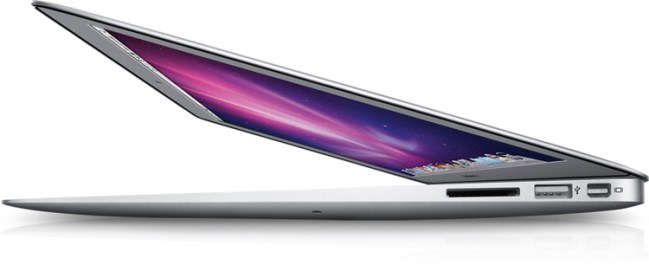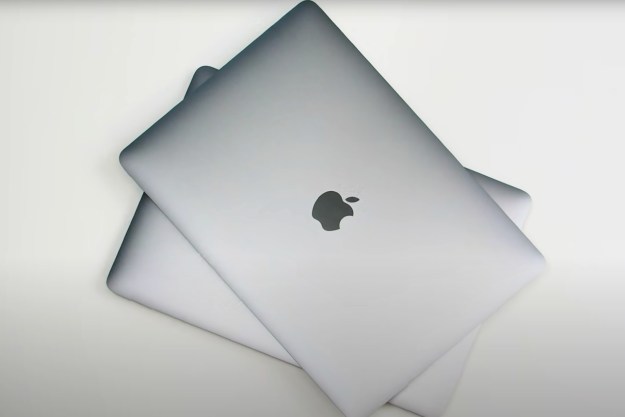
According to Concord Securities analyst Ming-Chi Kuo, Apple shipped a total of 1.1 million units of its 11- and 13-inch MacBook airs during its first three months of sales, a period that ended in December. This would make the new MacBook Air line one of the most successful product launches in Apple history.
Put in context with Apple notebook sales in general, this is an even more impressive number. Apple says it sold a total of 2.9 million Mac-branded notebooks during the fourth quarter of 2010 — that includes sales of all MacBooks, MacBook Pros and MacBook Airs. That means that MacBook Air sales made up a 40 percent of all Mac notebook sales for Apple during that timeframe. (Apple does not report sales of individual product lines for “competitive reasons.”)
During that same time period, Apple sold an estimated 7.3 million iPads and 16.24 million iPhones.
Kuo says that sales of MacBook Airs during the current quarter are down about 40 percent from its launch quarter. But he insists that Mac notebook sales are far from hurting, with Apple’s new line of MacBook Pros expected to pick up the slack from the sagging MacBook Air sales. Sales of the new MacBook Pros are expected to more than offset the drop in MacBook Air sales.
To top off Apple’s dominance in the PC market, Kuo estimates that Apple will sell as many as 4.5 million Mac systems during the first quarter of 2011. If so, that would most likely make Apple the only PC vendor in the world to report quarter-to-quarter growth.
Editors' Recommendations
- This laptop beats the MacBook Air in every way but one
- You can still buy the M1 MacBook Air, and it’s cheaper than ever
- MacBook Pro 16 vs. MacBook Pro 14: The important differences
- If you buy one MacBook Air alternative, make it this one
- The biggest threat to the MacBook this year might come from Apple itself


